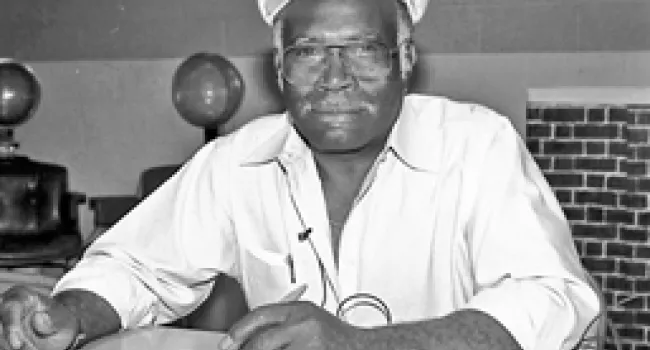
Document
Audio transcript fro Bob Gilchrist Owner of Lan’s Deli in McCormick, SC (McCormick County). His mother, Alberta Gilchrist, was also interviewed for this project.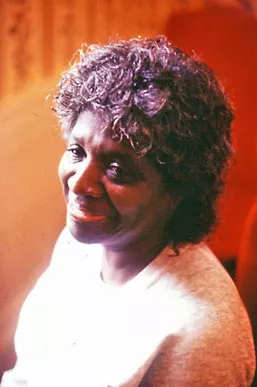
Closely tied to the deep agricultural roots shared by South Carolinians, folk medicine or “home remedies,” have been a part of the southern experience since the first European settlers arrived. Relative isolation, combined with an overall distrust of trained medical personnel, fostered the reliance on folk medicine. These home remedies reflected an extensive knowledge of the natural landscape and a vivid belief in superstitions and “wives tales.” Various roots, berries, herbs, and leaves were combined with folk narratives passed down through multiple generations. In many cases these folk remedies were combined with a doctor’s prescribed medication. A salve might come from the doctor, but would be applied according to folk tradition (ie…with the middle finger or while saying a certain phrase or word). These remedies were just as common among the planter class or the small town merchant, sharecropper, or field hand. They were practical solutions to meet immediate daily needs. Folk medicine is almost always accompanied by a strong narrative component – story, song, incantation, tale, or rhyme.
Content is provided by McKissick Museum, University of South Carolina.
For further information about any of the artists featured on Digital Traditions, send your questions and comments to hallagan@mailbox.sc.edu.

Document
Audio transcript fro Bob Gilchrist Owner of Lan’s Deli in McCormick, SC (McCormick County). His mother, Alberta Gilchrist, was also interviewed for this project.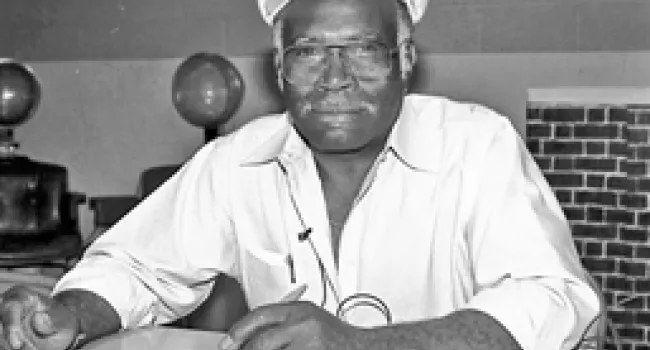
Photo
Owner of Lan’s Deli in McCormick, SC (McCormick County). His mother, Alberta Gilchrist, was also interviewed for this project.
Audio
Description of the damage done to her church by Hurricane Hugo in 1989 and the clean-up afterwards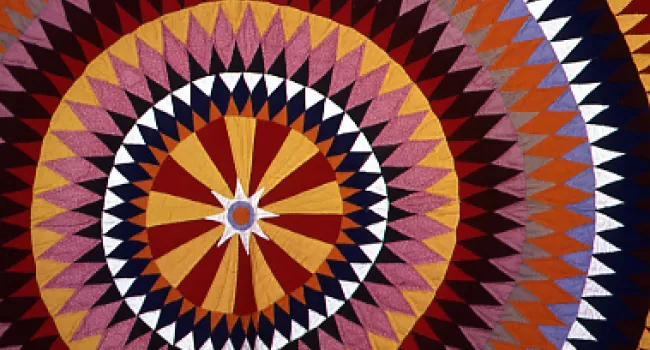
Document
Ahrens, Pat All Male Chorus of Blacksburg Arnold, Mac Ayers, Sara Basket, Nancy Baylor, Amos Bellow, Roger Bennett, Mary Jane Benson, JD Blackwell, Richard Boggs, Horatio Manning Bollack, James Booker...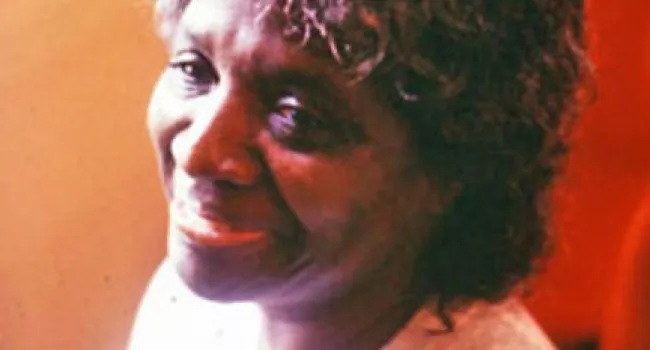
Audio
A ghost that visits her and theories on why he comes around
Audio
What it means if one dreams about an egg or about water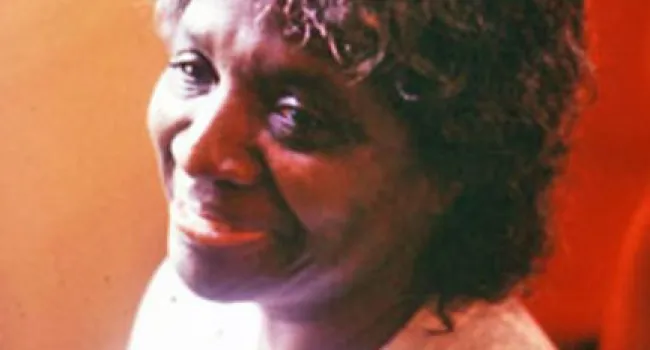
Audio
Thoughts on the appearance of ghosts and how this relates to what is said in the Bible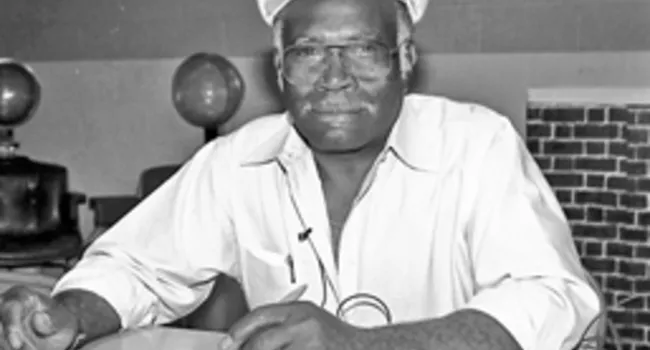
Audio
Owner of Lan’s Deli in McCormick, SC (McCormick County). His mother, Alberta Gilchrist, was also interviewed for this project.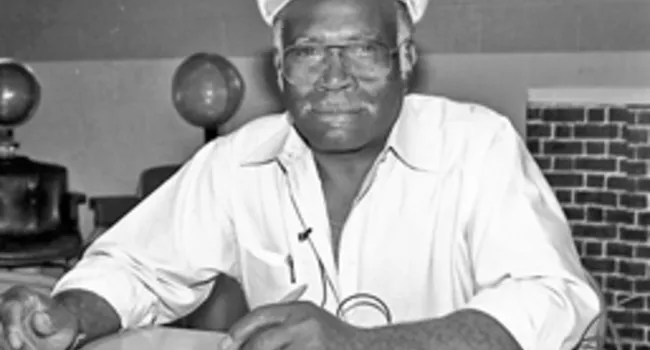
Audio
Owner of Lan’s Deli in McCormick, SC (McCormick County). His mother, Alberta Gilchrist, was also interviewed for this project.